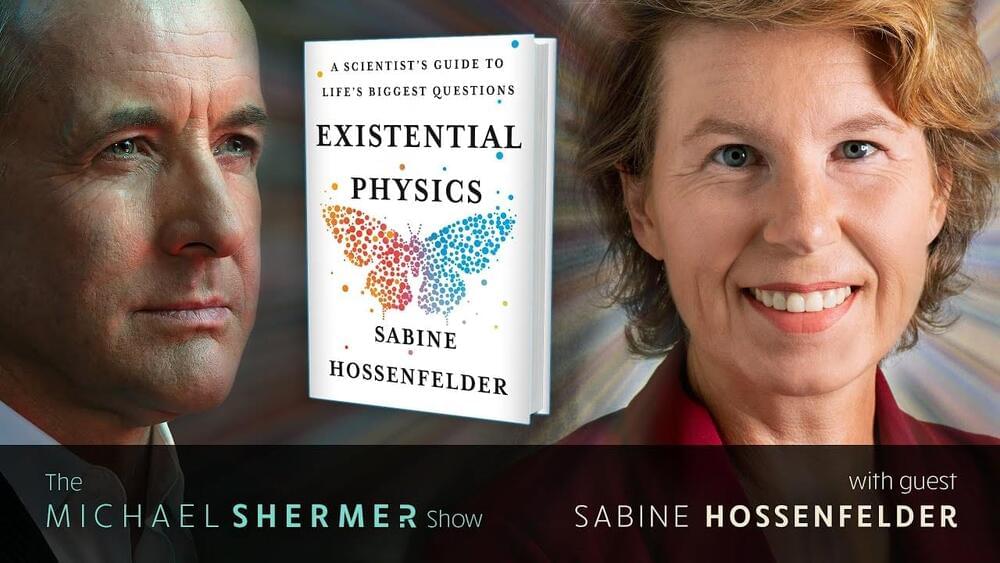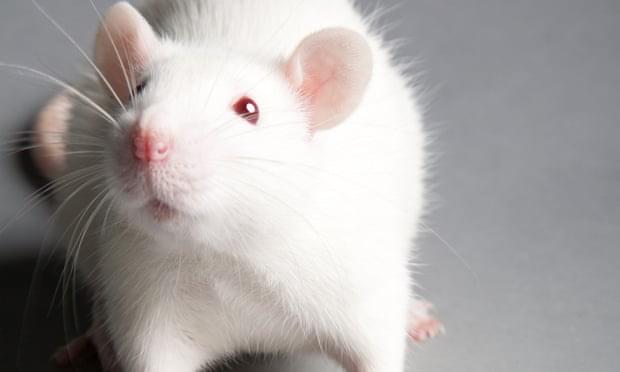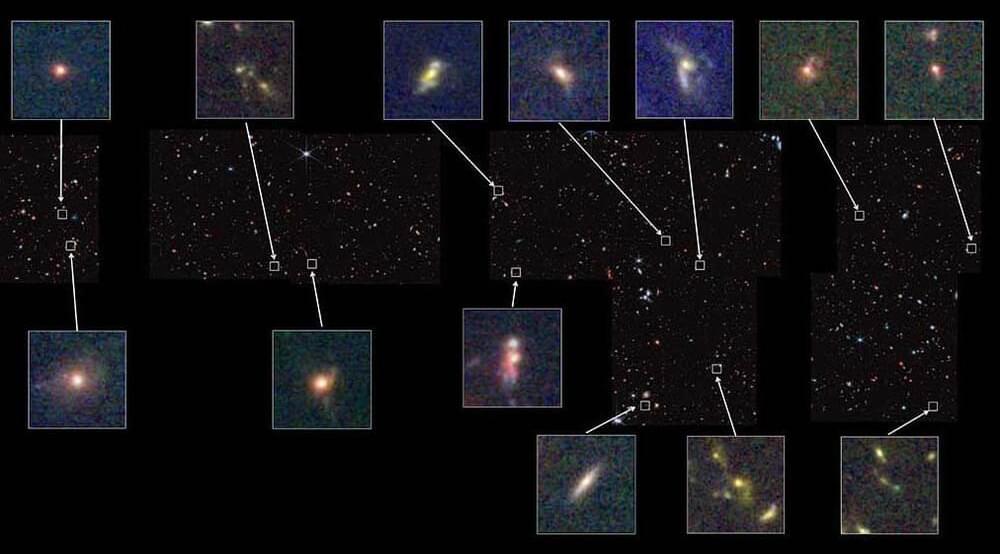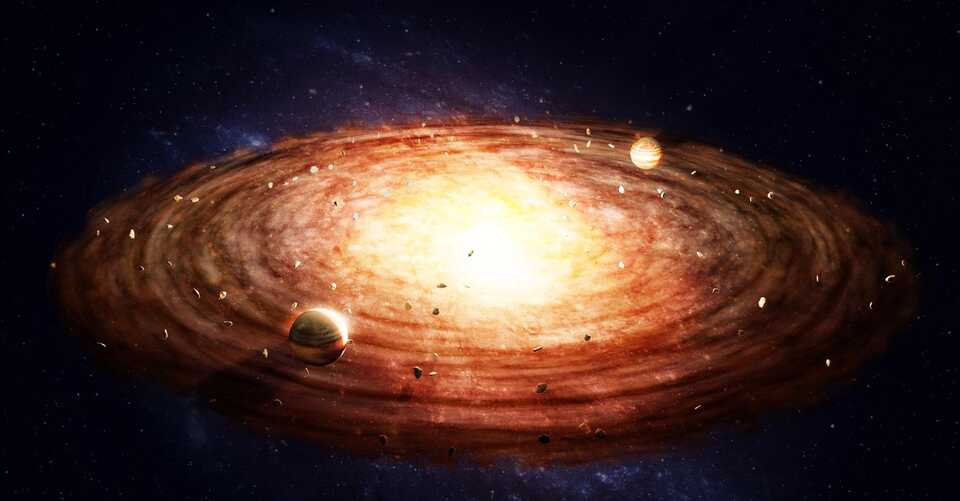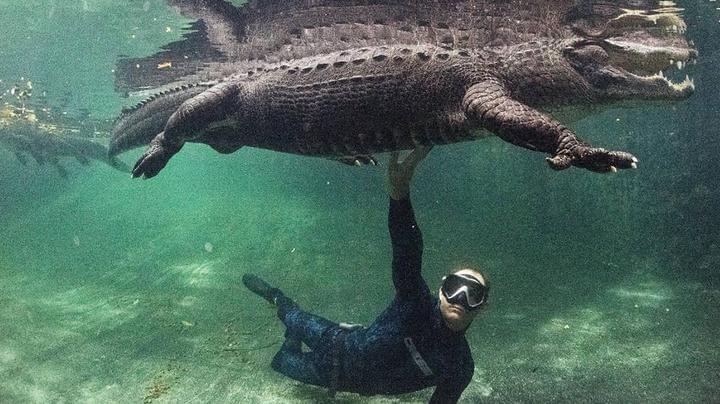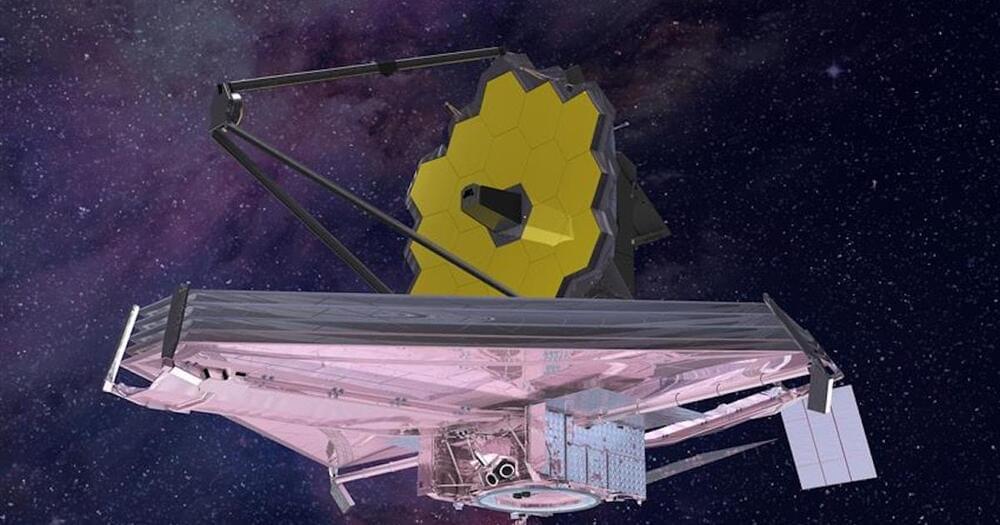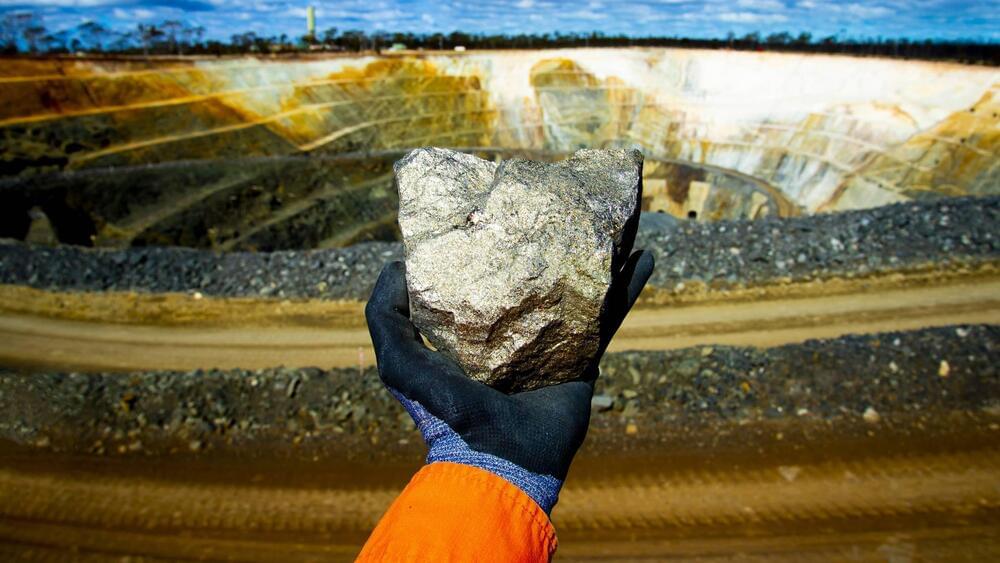Feb 6, 2023
Scientists discover a new type of amorphous ice
Posted by Dan Breeden in categories: energy, space
We’ve got a new kind of ice on the block – medium-density amorphous ice (MDA).
It’s amorphous, which means that the water molecules are in a disorganised form instead of being neatly ordered like they are in the ordinary, crystalline ice you find floating in your Scotch on the rocks…
Amorphous ice is super rare on Earth, but scientists think that it might be the main type found in the frigid environment of outer space – because ice wouldn’t have enough thermal energy there to form crystals.

